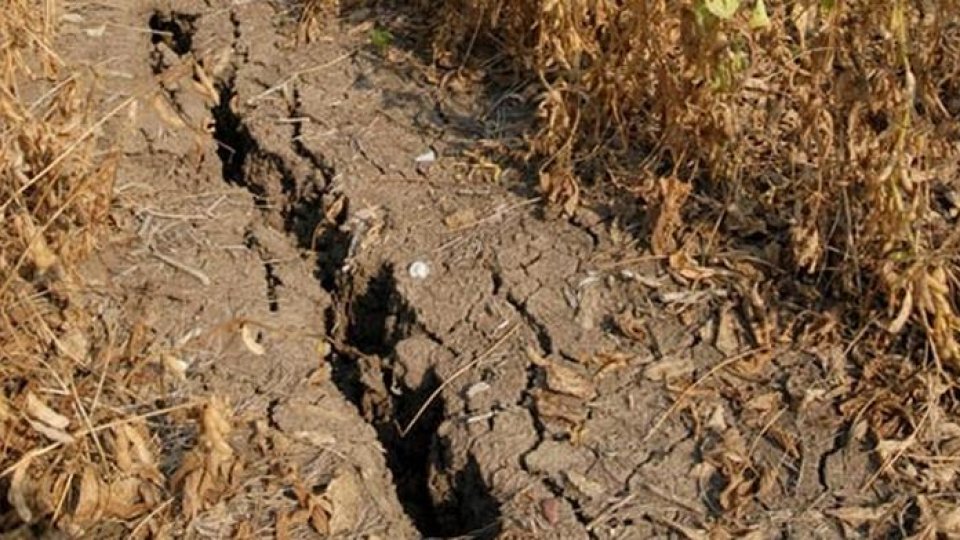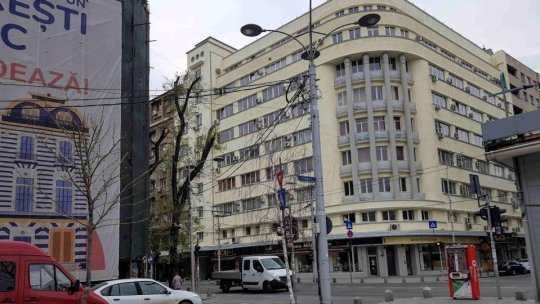Extreme heat and drought have affected large areas across Romania
The wave of extreme heat first hit the west of the country, then the northwest, to gradually cover the entire country. The most affected areas these days are the south and the east

Articol de Radio România Internaţional, 31 Iulie 2015, 10:25
Beyond the severe discomfort created by this kind of weather, with temperatures reaching and even exceeding 40 degrees Celsius and with an extremely elevated temperature/humidity ratio, beyond the acceptable threshold of 80 units, the successive waves of heat and the lack of precipitations have already started to show medium and long term effects.
In the county of Iasi alone, in the northeast, more than 33 thousand hectares of cultivated land have started to show signs of severe lack of underground water.
The most affected are wheat, corn and sunflower crops.
Unfortunately, extreme phenomena have also started to occur quite frequently, such as the hail last week, which damaged 5 thousand hectares of harvested land.
In Olt county, in the region of Oltenia, hundreds of wells have gone dry, and there are villages where the only drinking water is the one brought in fire trucks.
Weather experts say that, unless it's going to rain in the following days, there will be serious problems, especially in the south, translated into huge financial losses.
The extended drought is very likely to affect the future crops, as well.
The flow of the River Danube has also dropped dramatically.
In Galati, in the south-east, the water has already gone beyond alarming levels and, because of the extreme heat that will not go away soon, the water level will keep on dropping.
The Galati Lower Danube Administration has taken steps to conclude river-dredging contracts, and for navigators a warning has been issued to stay within the fairways.
On the river-crossing points in Tulcea, also in the south-east, cars have had to wait long hours to be able to cross the river by ferryboats, because the level of the water is too low, and the ferries could not be loaded at full capacity. In the port of Corabia too, in the south, navigation on the river has become dangerous.
The level of the Danube there has dropped dramatically and sand islands have formed, which have narrowed the navigable channel.
According to the local authorities, the transport of farming products stored in the silos built in the near vicinity of the port is now covered by vehicles.
Local officials have called on the transport ministry to take urgent measures to dredge the river, to make the town port usable, but also to safeguard the tourist port project, developed with European money, which is due to become operational next year.













